The Palpa Geoglyphs
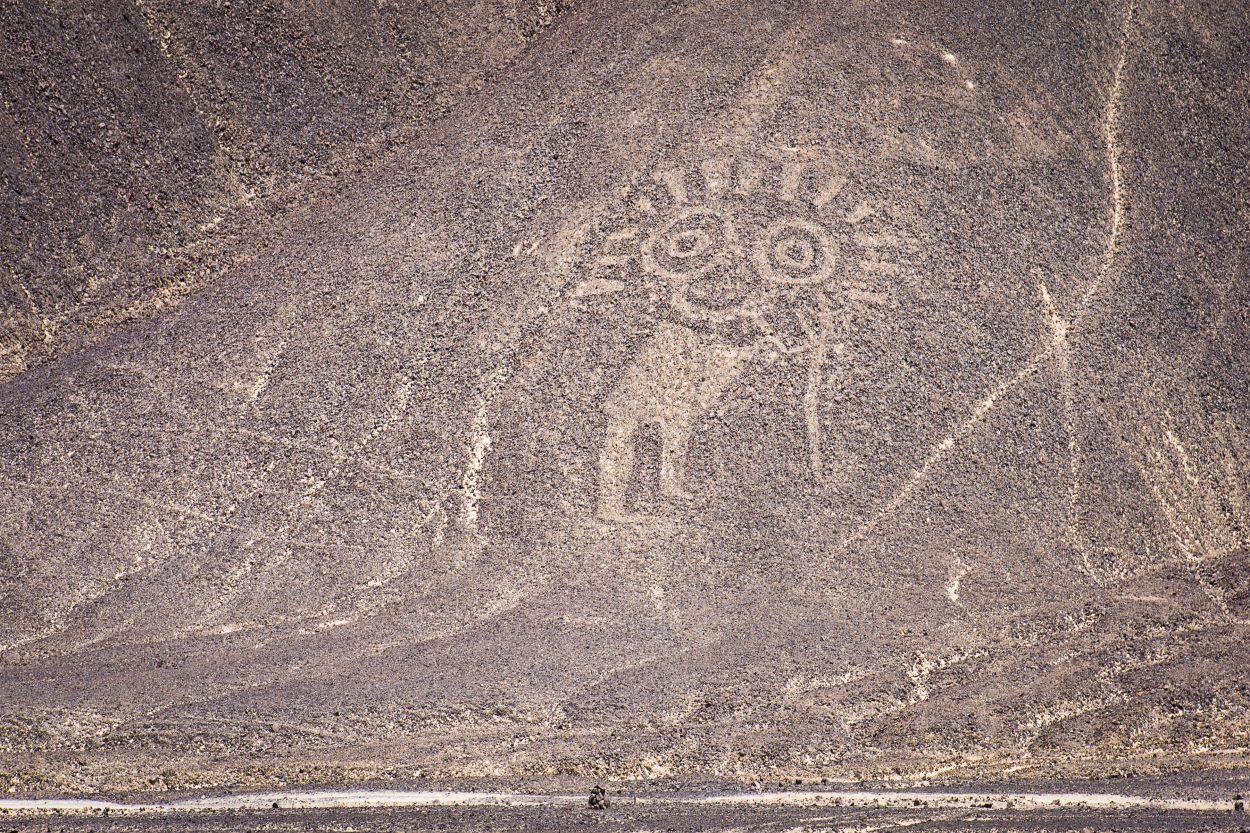
The Palpa Geoglyphs are often confused with the Nazca Lines not only because of their similarity but also because of their closeness.
Equally enigmatic, they are located in the Peruvian desert, between the cities of Sacramento, Pinchango, and Llipata, and were made with the same method of the nearby Nazca lines by scraping the ground.
But instead of being carved on the plains, they are mostly nestled on the slopes of hills or atop ridges.
Archaeologists have discovered 600 drawings, and many of them are gigantic in size.
Among the best known, there are the 8 human figures called “the Royal Family” that stand out on a low rise.
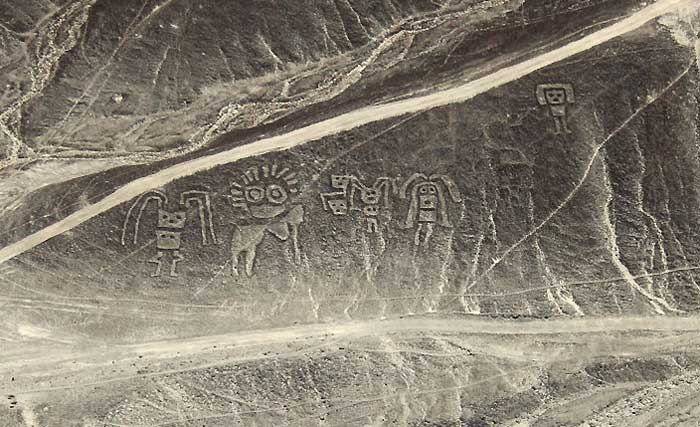
The mainstream interpretation is that the creators would have been the Paracas, the mysterious culture known for having elongated skulls with unusual characteristics, who inhabited this area of Perù known as the Ica region between the 10th and 1st century BCE.
Therefore, for the archaeologists, these lines would be 1000 years older than those of Nazca, dated between 300 and 500 AD, but they would still have had the same ritual-sacral purposes, stretching from water and agricultural cults, to astronomical alignments.
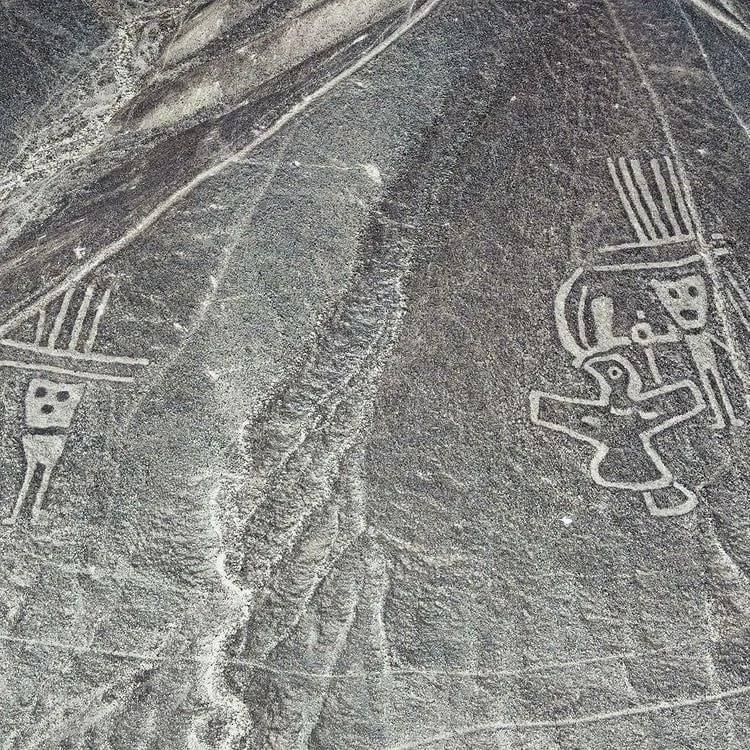
Other than human and anthropomorphic figures, just like Nazca, there are many geometric patterns and shapes, with academia being unable to rationally explain why the Paracas created these straight lines on the hills and slopes of mountains, and in some cases, not even how they were created.
As a matter of fact, some of the peaks of these hills appear cut or pressed, as if an extraordinary force had been exerted on them which left some of those strips of flattened ground similar to tracks.
All of the geoglyphs are enigmatic, depicting anthropomorphic figures and strange beings and situations that could be symbolic and metaphoric, like a man being swallowed and then vomited by a snake.
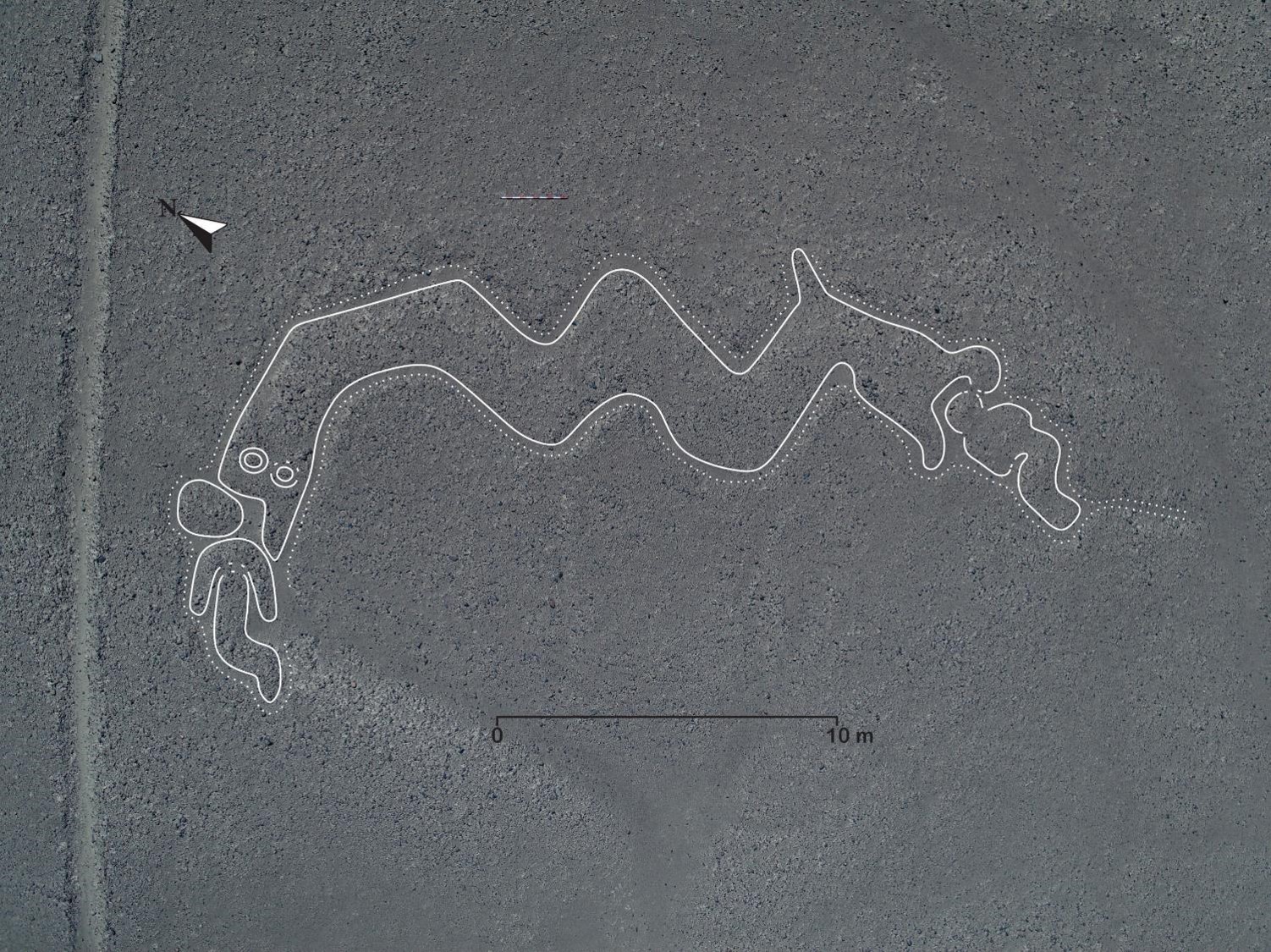
The Mandala Controversy
One of the most incredible geoglyphs at Palpa is the one known as “The Star”, which clearly resembles a Mandala, the Hindu symbol that represents the universe.
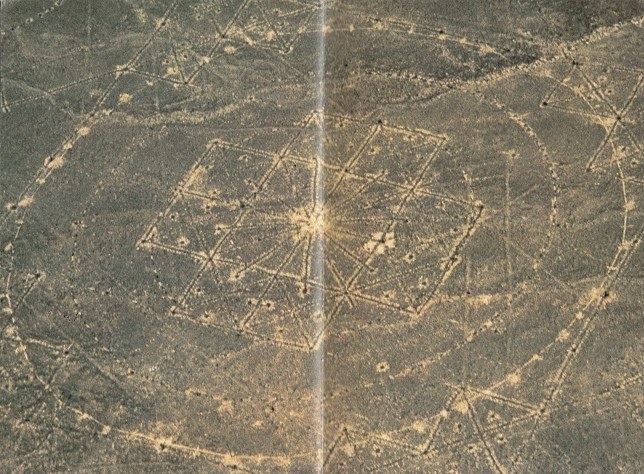
Buddhist monks still make these elaborate and fascinating geometric shapes nowadays, with colored powders to depict the cosmos and the cycle of life that is perpetually renewed, but it is very strange to find one thousand kilometers away from Tibet, engraved in a remote area of Peru, on a plateau surrounded by nothing.
Strange and inexplicable even for historians and archaeologists.
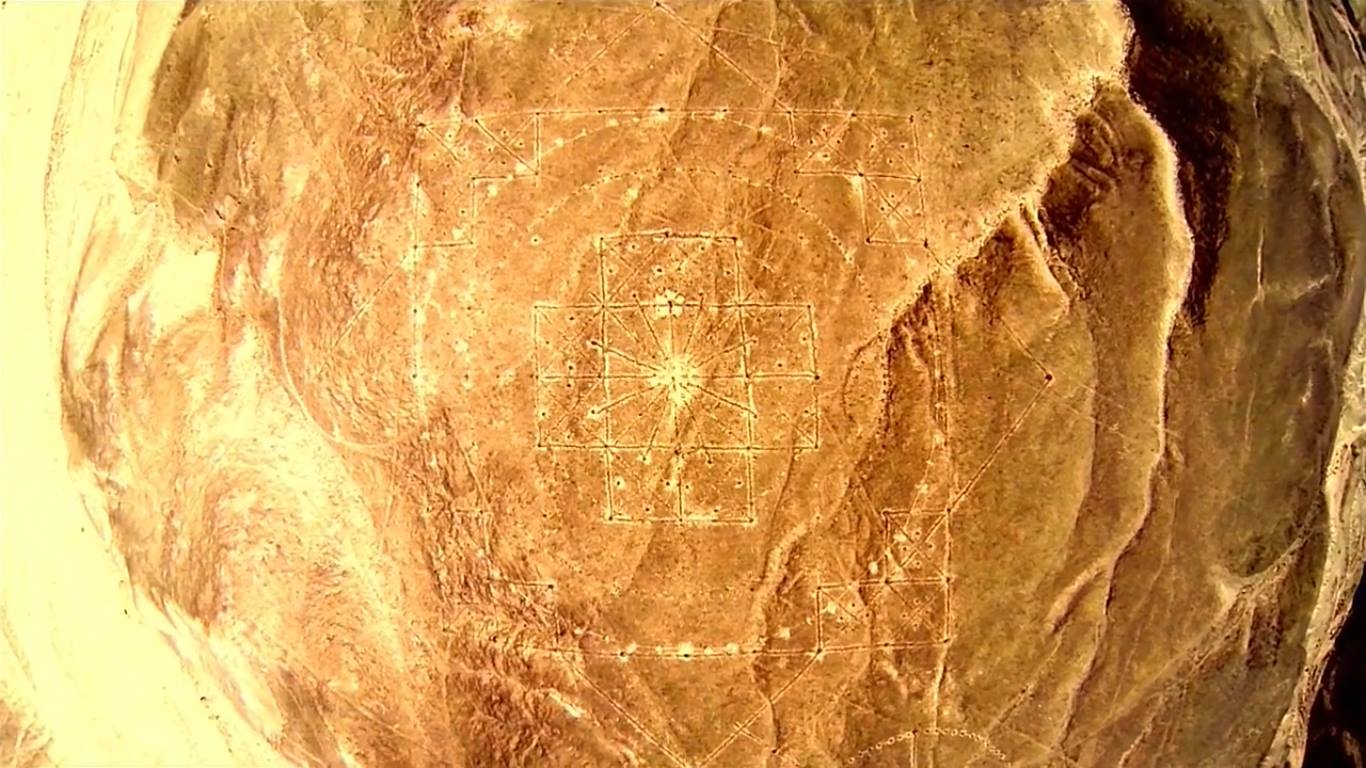
The Palpa Mandala looks like a series of concentric circles inscribed within squares, with two rectangles overlapped in the center forming a cross.
The figure has been drawn with great precision and is rich in detail, despite being very large.
The diameter of the largest circumference is 180 feet – about 54 meters. In addition, circles and squares are dotted with holes and pits dug into the ground whose purpose is unknown.
The archaeologist Gilbert de Jong, convinced that this and the other Peruvian drawings represent a map of the zodiac, argues that the unit of measurement used for the making of the Mandala was the Sumerian foot.
